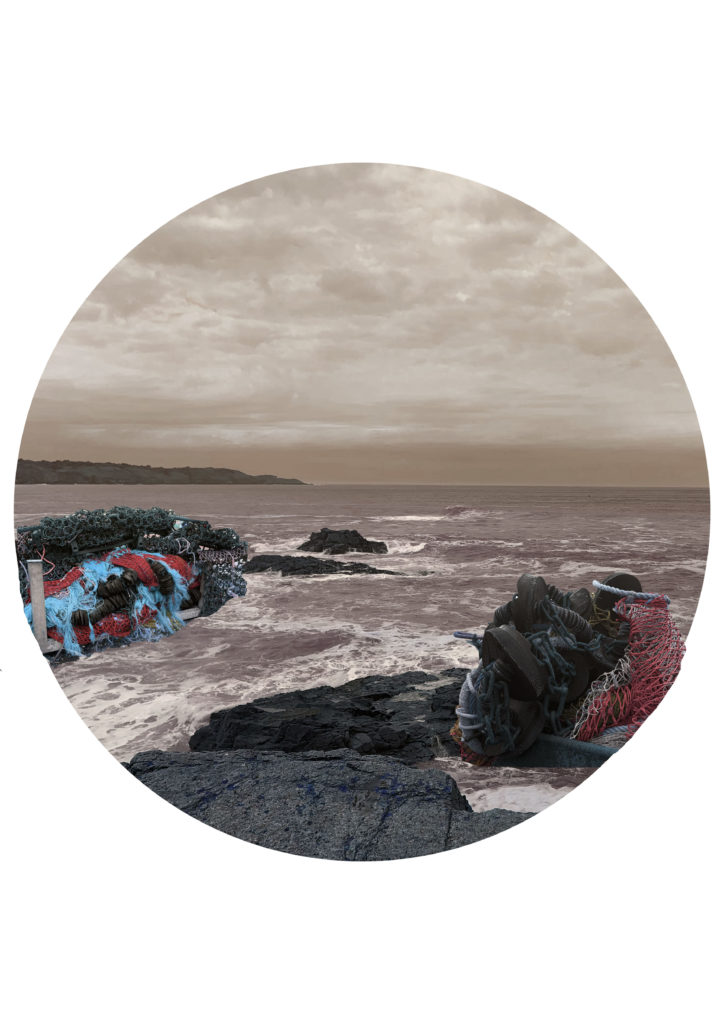SEBNEM COSKUN – (2nd Photographer)
Sebnem Coskun is an underwater photographic fine artist, who has recently won the first prize in Nature and Environment category and the finalist award in the Photographer of the Year. As for the category in which she won the award, it is the Asia category.
Coskun won the prize in Nature and Environment category with her image. In her image, she took a diver surrounded by COVID-19 waste in the Mediterranean Sea. So, she took this photo of a Turkish diver last year in the Bosporus Strait (similar to a river).
The goal for Coskun as a photojournalist was to raise awareness about plastic pollution in the seas.
This was the award winning photo :

She has taken many other photos which visualise the plastic pollution in our seas.
SOME OF HER OTHER PHOTOS

ANALYSE
Coskun took this photo in Istanbul, Turkey. She quoted the UNDP’s World Free Diving Record-man Sahika Ercumen, who said, “I’ve been swimming between plastic more than fish in recent years in the Istanbul Strait”

The photo clearly and successfully visualises how much plastic there is in the ocean, by using a underwater dome for the camera. This way you can see under and above the water. This creates a nice contrast between the dark teal of the ocean and the bright white in the clouds.
The composition has been nicely executed, as the underwater part is the main focus it takes up most of the image, compared to the sky. The sky is partially blurred, although this does draw attention to the main focal point the plastic pollution.
There aren’t many vivid colours, except for the pieces of plastic, this helps highlights the main problem, as you notice it first.
Overall, I like the whole concept of the image, as it gives a whole new unique perspective. It successfully highlights Coskun’s main goal, which was to raise awareness about the water pollution as well as plastic pollution.
WHY I CHOSE HER?
Coskun has inspired me to follow her footsteps and create a piece which raises awareness about plastic and water pollution in our ocean. I thought it was a good topic as it is a big part of Jersey’s “lifestyle”, as we are on an island.
HOW IM GOING TO ACHIEVE THIS?
There are many ways to achieve this effect, such as :
Option 1 : I could actually arrange a diver to swim under water and I take photos with a GoPro or underwater camera. I could take plastic props and float/sink them under water (them clean them up after) or, edit them in the Photoshop. However, this is time consuming, could cost money and, the props might not work or the water could be too murky. So this may not be the best way.
Option 2 : I could simulate being underwater, for example, going to a studio, fill the room with a fog/smoke then make the studio light blue, to create the illusion of being underwater. Then hang the props from the ceiling with invisible fish line. Although, they would like they are hovering instead of floating. Also, it would not look identical to the ocean, but its is more creative.
Option 3 : Finally, I could create an almost 100% realistic image in Adobe Photoshop, I would take photos of coastal/beach features, such as, rocks, the sea, buoys, and boats. Edit them, and create an environment to put the images of plastic/rubbish into. Overall, I think this idea is the best, as I have experience at using Adobe Photoshop, and would be relatively easy to get images for.
EXPANSION ON OPTION 3 (FINAL IDEA)
For my final piece, I plan to have a half underwater/ half above water like Coskun’s image I analysed, the under water part would have lots of plastic bottles, fishing equipment (crab nets) and, other rubbish in, and maybe a boat in the centre of the image, as it would help the viewer work out the perspective of the image.
I would use the photos of plastic bottles, nets and other rubbish that I got from my photoshoots. Then, I would add them into the water, after I have made the landscape and sea.
For the underwater shot I would use an old photograph a fish tank/aquarium to get a clearer vision underwater (checked if I was allowed to use it first with Mr Cole), and the above water shot I would go to the beach. And finally put it all together in Photoshop.







